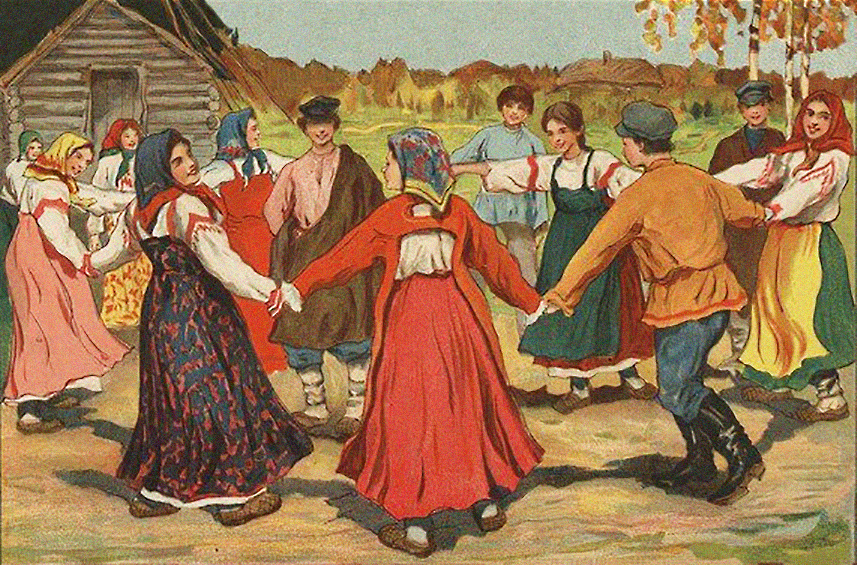“Music is he universal language of mankind” (Henry Wadsworth Longfellow)
A study published in Science on Friday (22nd November 2019, link here) confirms something many assumed was true, that music is a universal cultural phenomenon. The study took five years to complete and sought to answer a number of questions about music’s universality both in a general sense, and more specifically about the role of music and the ways in which music works.
Is music universal?
The authors built a database of anthropological texts from different societies around the world and found lots of examples of singing and associated behaviours, covering 5,000 descriptions of music from 315 societies. They found mentions of music in all of them.
They then built a second database (named the “Natural History of Song”; link here) of audio recordings, sourced from archives, libraries, anthropologists and musicologists, and went about measuring and coding everything they could about the music itself and the behaviours associated with the music.
The music database included performances from each of 30 regions around the world, covering everywhere from Australia to the Pacific Northwest and North Africa. The analysis covers 118 recordings from 86 societies. Their overall finding is that, “music suffuses social life but in similar ways around the world,”.
What things make music similar or different across cultures?
The study found that different cultures use music in “strikingly similar ways,” including lullabies, love songs, ballads, drinking songs, dance music and hymns. Moreover, they were able to identify qualities of the musical forms that identified the music as, for example, a dance song (vs another type of music). The most common behaviours were infant care, healing, dance and love, but also included mourning, warfare, processions and rituals.
These functions were consistent across all cultures and are remarkably similar to the “six songs” that Daniel Levitin writes about (friendship, joy, comfort, religion, knowledge and love). One of the co-authors says, “Lullabies and dance songs are ubiquitous and they are also highly stereotyped. For me, dance songs and lullabies tend to define the space of what music can be. They do very different things with features that are almost the opposite of each other.”
The researchers also found variability, but there was more that music shared in common across cultures. In fact, the variability within each culture was as high as the variability between cultures. In subsequent work, they have played samples to people who have never heard them before and found that people are pretty good at guessing the type of music from the way it sounds (you can do this yourself here).
One of the co-authors said, “I found the strong similarities in music between widely disparate cultures extremely surprising. The fact that a lullaby, healing song or dance song from the British Isles or anywhere else in the world has many musical features in common with the same kind of song from hunter-gatherers in Australia or horticulturalists in Africa is remarkable.”
How does music sound and work in different places around the world?
Music was found to vary in terms of three key dimensions:
- Formal vs informal
- Exciting vs calming
- Religious vs secular
These three dimensions characterize different types of songs and were found across all the music examples and cultures sampled. That is, all societies have a mix of formal and informal music, a mix of exciting and calming music and a mix of religious and secular, but the balance of these mixtures varies across cultures.
Different types of music combine different combinations of these three dimensions. Dance songs are generally formal, exciting and secular. Healing songs are formal, exciting and religious. Love songs are informal, calming and secular. Lullabies are informal and calming. Again, these findings are consistent across all cultures.
What other common features are seen in music around the world?
One of the more surprising findings of the study is that tonality appears to be a universal feature, and not just an invention of Western music. They also found that music consistently has two dimensions of complexity, reflecting melody (pitch range, ornamentation, and other variables) and rhythm (tempo, note density, syncopation, note duration, etc).
They also found that music follows power laws, in the same way that language does. For example, in languages a few words appear with very high frequency, while many are very rare. Similarly, melodic and rhythmic complexity followed the same power laws, with small melodic intervals and simple rhythms the most frequent, occasionally enriched with larger and more complex ones.
Their conclusion is that music has universal building blocks, which get elaborated to create the diversity that is seen around the world. As we have written before (link here), music is one of the most powerful ways to connect with people, and a powerful way to communicate emotions and shared values. This latest research supports that in many ways, music can be a more universal language than words.
REFERENCES
“Universality and diversity in human song” by Samuel Mehr & co-authors in Science (link here)
The World in Six Songs by Daniel Levitin







My Homepage
… [Trackback]
[…] Read More: tapestry.works/2019/11/26/the-universality-of-music/ […]